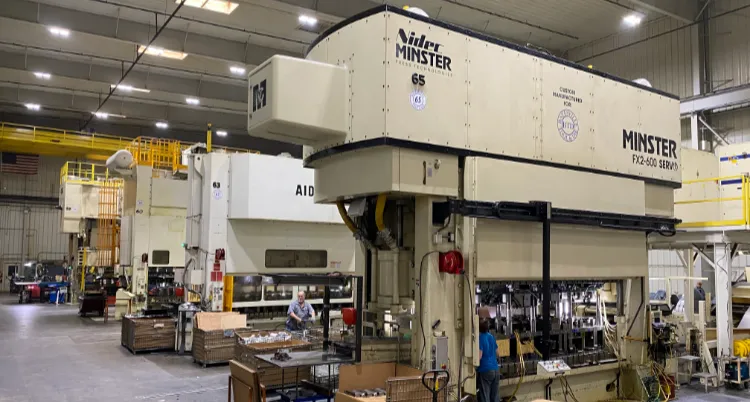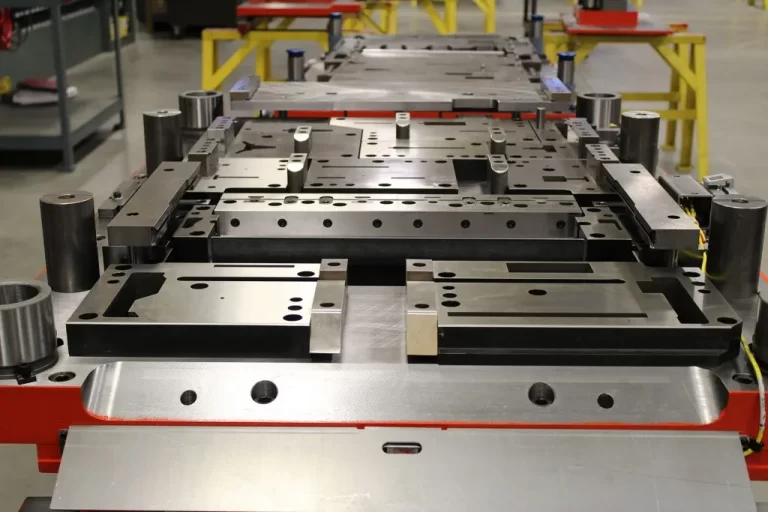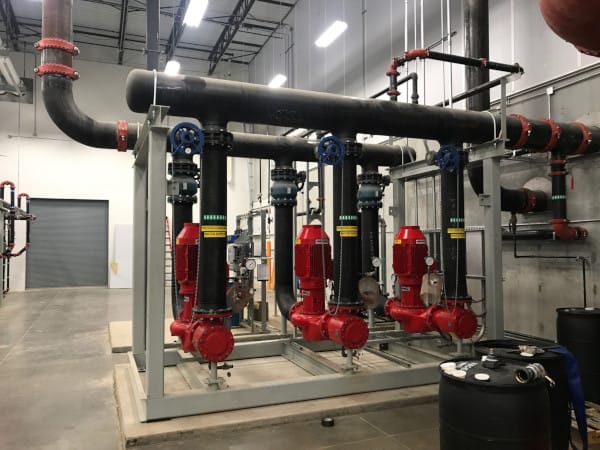Geosynthetic Materials: Enhancing Infrastructure and Renewable Energy Projects for a Sustainable Future
As industries navigate through the challenges of supply chain disruptions and strive to increase production during the post-COVID recovery, the demand for metal products is expected to soar. This surge in demand is further fueled by the emphasis on developing clean technologies for renewable energy and the renewed focus on infrastructure development in the United States and China. In this context, geosynthetic material plays a crucial role in supporting these initiatives.
Geosynthetic materials are synthetic products engineered to enhance the performance and durability of civil engineering projects. These materials, which include geotextiles, geomembranes, geogrids, and geocells, offer a wide range of functions such as soil stabilization, erosion control, drainage management, and reinforcement of structures. Their versatility and effectiveness make them indispensable in various applications related to infrastructure development, including roads, railways, landfills, dams, and retaining walls.
In the realm of renewable energy, geosynthetic materials find utility in the construction of solar farms, wind energy projects, and hydropower installations. They contribute to the stability and longevity of the foundations, facilitate proper drainage, and mitigate the environmental impact of these energy systems. Moreover, geosynthetics aid in the efficient management of water resources, ensuring the sustainability and resilience of these clean energy initiatives.
The integration of geosynthetic materials into infrastructure projects offers numerous benefits. By providing reinforcement and stabilization, they enhance the structural integrity of roads, bridges, and other transportation networks, resulting in reduced maintenance needs and increased lifespan. Geosynthetics also play a vital role in minimizing soil erosion and preventing the loss of valuable topsoil, thereby protecting the environment and preserving agricultural productivity.
From a cost perspective, geosynthetic materials can offer significant savings. Their lightweight nature simplifies transportation and installation processes, reducing labor and equipment requirements. Additionally, their durability and resistance to environmental factors enable long-term performance, resulting in lower life cycle costs for infrastructure projects.
To fully capitalize on the potential of geosynthetic materials, it is crucial to collaborate with experienced suppliers and manufacturers who specialize in their production and installation. These experts possess the knowledge and expertise to recommend the most suitable geosynthetic solutions based on project requirements, ensuring optimal performance and longevity.

In conclusion, the current landscape of high metal prices, driven by supply shortages and increased demand, necessitates innovative approaches to support infrastructure development and renewable energy initiatives. Geosynthetic materials offer a versatile and effective solution to enhance the performance, durability, and sustainability of these projects. By incorporating geosynthetic materials into infrastructure designs, industries can achieve cost savings, environmental protection, and long-term success in the face of evolving market dynamics.





